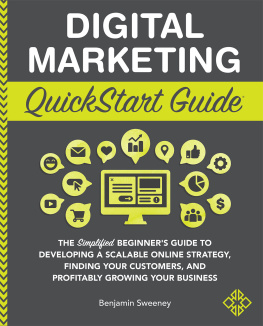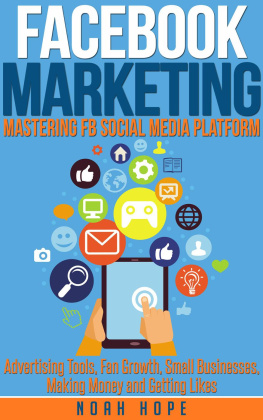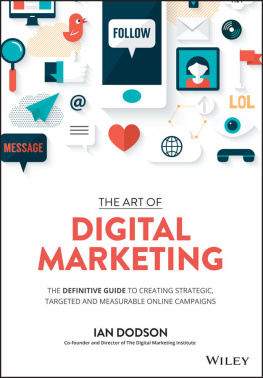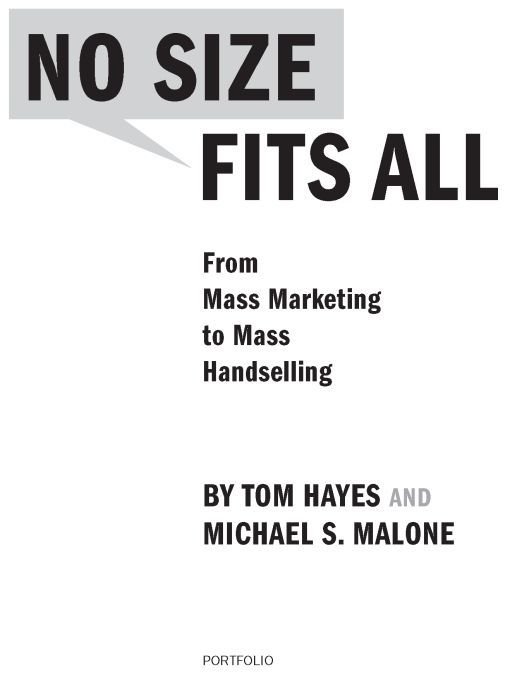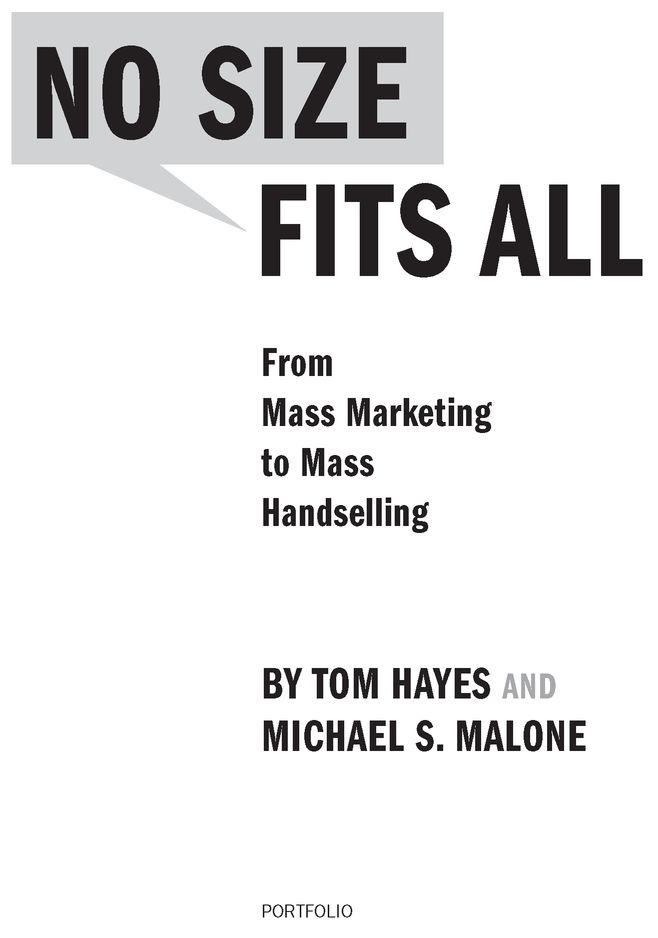Table of Contents
For
Emerson, who came to us from the stars,
and
Greg, who returned to them
TH
To
The people of Silicon Valley
who always remind us that it is possible to
reinvent yourself and remain forever competitive
MSM
INTRODUCTION
Ex Uno Plures (From One, Many)
In 1971, European social scientist Henry Tajfel set out to discover just what little impetus was needed for individuals to spontaneously attach themselves to newly created ad hoc groups.
The experiment was elegant in its simplicity:
Participants, who were 14- and 15-year-old boys, were brought into the lab and shown slides of paintings by Klee and Kandin-sky. They were told their preferences for the paintings would determine which of two groups they would join.
Of course, this was a lie designed to set up the idea of us and them in their minds. The experimenters wanted two groups of boys with not the faintest idea who was also in their own group or what the grouping meant or what they had to lose or gain.
After this setup, the boys were taken to a cubicle, one at a time. Each was then asked to distribute virtual money to the other members of both groups. The only information they had about who they were giving it to was a code number for each boy and that boys group membership.
There were a series of rules for the distribution of the money that were designed to tease out who the boys favored: their own group or the other group. The rules were changed slightly in different trials so that it was possible to test a number of theories.
The result?
From the way the virtual money was distributed, the boys did indeed demonstrate the classic behavioral markers of group membership: they favored their own group over the other. And this pattern developed consistently over many, many trials and has subsequently been replicated in other experiments in which groups were, if you can believe it, even more minimal.
In other words, given a topic in which they had no interest, after an exposure of just thirty seconds, in an environment in which there were no consequences to their choices, the boys still based their decisions upon a perceived membership in a group whose membership list they didnt know. And subsequent tests show that these subjects would exhibit group loyalty based upon even less information than that.
The results of Tajfels experiments, which have been reproduced many times since, tell us something truly profound about human nature and our deep, organic need to connect with one another. But these results are also a window into the puzzle that has become the modern global economy. It is this irresistible need to connect with one anotherat times against all reasonthat more than anything will define the next few decades. And it is this deep impulse, atavistically returning at a time when we find ourselves both unmoored from tradition and overwhelmed by choice and opportunity, that is sending history spinning off in an unexpected direction and making a hash of even the most logical prognostications.

We humans are social beings, best suited for small groups of trustworthy compatriots. Todays technologythe Internet in particularallows us not only to communicate, but to form new types of social constructs based on ancient impulses. Everywhere you look people are connecting, collaborating, and competing in new ways. And yet, we are also using the Internet to destroy what has come beforeinstitutions (e.g., libraries, video shops, bookstores), intermediaries (record companies, movie theaters), and traditions (the morning paper, the evening news).
What we seem to have forgotten as we looked out across the rapidly changing landscape of the digital revolution is that if you disestablish the institutions that have provided security and succor to humanity for centuries, if you provide a nearly infinite number of options for people and empower individuals with unprecedented control over their own lives, the resulting psychological vacuum will drive most people to pull together into new groupings and to establish brand-new institutions that are a better fit for this changing reality. When challenged, humanity doesnt link arms, but huddles into small, trusted groups.
If we keep this impulse in mind, a lot of the unexpected phenomena of the last few years suddenly become a lot clearer.
For example, consider the single most important new business movement of our time: Web 2.0, the so-called social network companies. The best known of these are Facebook, MySpace, YouTube, LinkedIn, Craigslist, and a handful of other giants; but there are tens of thousands more, and they increasingly dominate entire industry sectors, such as video, photography, classified advertising, and professional societies.
With a few exceptions, these are businesses that have never been able to precisely elucidate the service they deliverat least not to the degree of traditional manufacturers or even service companies. And yet, several are among the fastest growing enterprises in business history. For example, MySpace, which was founded as recently as 2003, currently has more than 270 million members. Craigslist, which began as a San Francisco Bay Area online swap meet, has in less than a decade all but captured the classified advertising business of the three-centuries-old newspaper industry.
Yet, ask any of the millions of users of these Web 2.0 companies to describe exactly what business those companies are inand how they make money from itand nearly all would be hard-pressed to give an answer... even though for many their Facebook profile is their single most important connection to the outside world, and they Twitter on their cell phones twenty times a day.
Clearly something more elemental is going on here. These services, and more important our relationship to them, are touching a deep chord in our psyches. As we have just seen in the Tajfel research, that subconscious need is to belong to some group that is larger than ourselves, even if we dont know any of the other members, even if it is based upon the thinnest of commonalities, and even if there is no obvious reward other than membership itself.
So why not just go back to the venerable institutions we have so recently abandoned? Well, if all that these new Web 2.0 enterprises offered was anonymous membership, we probably would. But the genius of the best Web 2.0 companies is that they have learned to use the unique capabilities of the Internet to maximize freedom, individuality, and membership in a small coterie of friends and acquaintancesall within the context of being part of a vast social movement. In other words, as a user you get the best of both worlds: the independence promised by the digital revolution, yet the comfort of being among friends and part of something greater than yourself.
In the modern world, that is a psychologically unbeatable combination. And it is a harbinger of the future. In the years to come, we citizens of the Internet Age will continue to use our new tools to shatter one traditional institution after anothergovernmental, commercial, cultural, social, religiousthen turn around and self-sort and segregate ourselves by our affinities, obsessions, and passions. Thanks to the power of our new communications technologies, these new groupings may range in size from a handful of people to hundreds of millions. They may disappear in a matter of minutes or endure for decades. And they may briefly coalesce around a momentary notion or may explode into a massive social or political movement.







